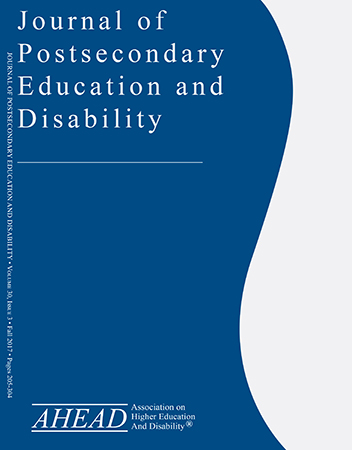Journal Issue Focused on Incorporating Disability-Related Content in Academic Courses

AccessComputing contributed to ensuring that computing-oriented courses were addressed in a spring issue of the Journal of Postsecondary Education and Disability (JPED) for which I was a guest editor. This special issue features articles about how disability-related topics can be included in the curriculum of academic courses and professional development offered by postsecondary institutions. It is hoped that the inclusion of such content in educational offerings will increase the number of practitioners, educators, and researchers who understand how to design products and environments that are accessible to and inclusive of people with disabilities.
The vast majority of practices reported in papers submitted for this issue employed universal design (UD) approaches to the creation of physical environments, to teaching and learning activities, and/or to technologies. Ronald Mace—a wheelchair user who was also an internationally recognized architect, commercial product designer, and educator—coined the term "universal design" to refer to the design of products, environments, and services so that they are accessible to, usable by and inclusive of all people, regardless of age, ability, and other characteristics. Any UD practice (e.g., to a website, to instruction, to a physical space) is designed to be accessible, usable, and inclusive. A curbcut is an example of how a universal design feature has been widely accepted as a best practice in sidewalk design.
JPED is published by the Association of Higher Education and Disability (AHEAD). AHEAD has allowed me to distribute free copies of the issue to our community. Email a request to doit@uw.edu to receive a copy of the special issue in an accessible PDF Microsoft or Word format.